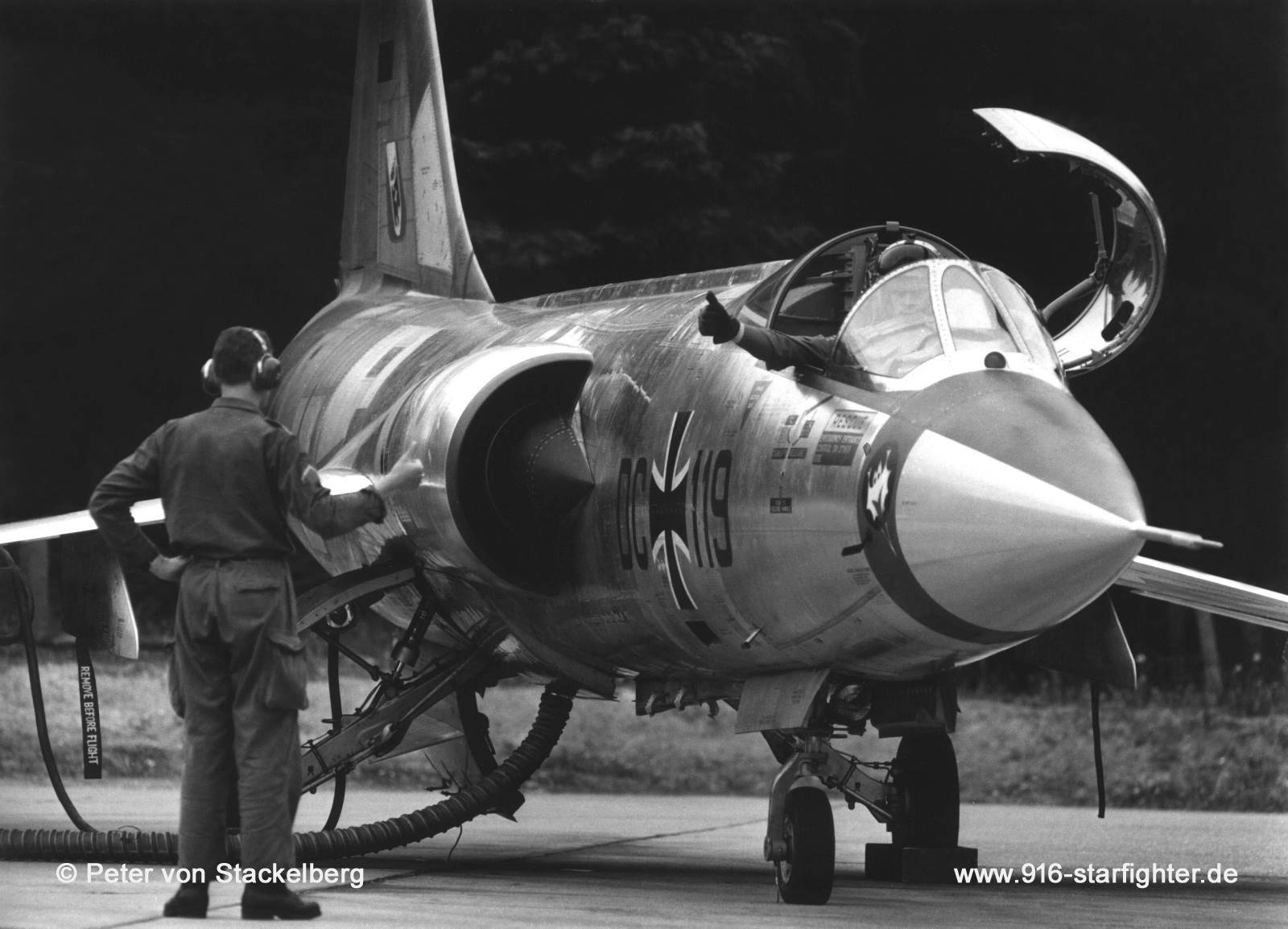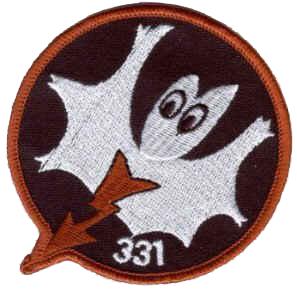
F-104G DC+119 JaboG 33 F-104G, construction number 683-2077, company model 683-10-19, built by Lockheed manufactured by Group USA (ARGE-USA); flight test release May 7, 1962, assembly in Fighterbomber version according contract lot 7 flown with register number "177" for test flights, coded KF+152 for delivery in Silver-finish colors with 12:50 flight hours airlifted to Germany June 21, 1962 in a Canadair CL-44D of "Flying Tiger Line"; Messerschmitt test flight on July 18, 1962 project "Loreley" as Fighterbomber (for JaboG 33) with Vulcan M61 20 mm machine gun installed and long range tanks as loose parts DC+119 JaboG 33 at Buchel AB delivery date on October 18, 1962; camouflage scheme "Norm 62" according tech order "TA-196" in 1965 crashed on March 3, 1967 after loosing control during a closed pattern for landing at Decimomannu AB (APC system was deactivated) pilot ejected and was injured (collision with ejection seat, face injuries); written off; struck off charge order (AVA) December 14, 1967. Project "Loreley": 42 Fighterbomber for the second wing being JaboG 33 (FBW 33) at Buchel AB. The pilot was returning from a gunnery mission with a clean aircraft plus empty pylon racks and bomb dispenser. The flight broke up to make a single ship practice DF letdown. At the start of his missed approach, the pilot cleaned up the aircraft and selected full afterburner. He initiated a closed traffic pattern at the far end of the runway at 430 kts and 3 ½ Gs. He saw that he was overshooting the 1500 feet AGL traffic pattern altitude. At 2000 feet, almost inverted, he initiated a high G roll to descent back to 1500 feet. As he reached wings level the aircraft pitched up. He states that at no time did he feel stick shaker, and since the APC switch was off, the kicker was not activated. The pilot initiated ejection at approximately 900 feet. Shortly after chute deployment he was struck in the forehead by the seat. This impact knocked a 1 inch piece of bone from his skull and the profuse bleeding blinded him. During chute deployment, the seat entangled with the shroud lines. In the descent the seat continued to strike the pilot, but since he was blinded he could only fight it off by throwing his arms around. None of his injuries were permanent. APC: Automatic Pitch Control (Automatische Aufbäum-Kontrolle) copyright © Peter von Stackelberg

